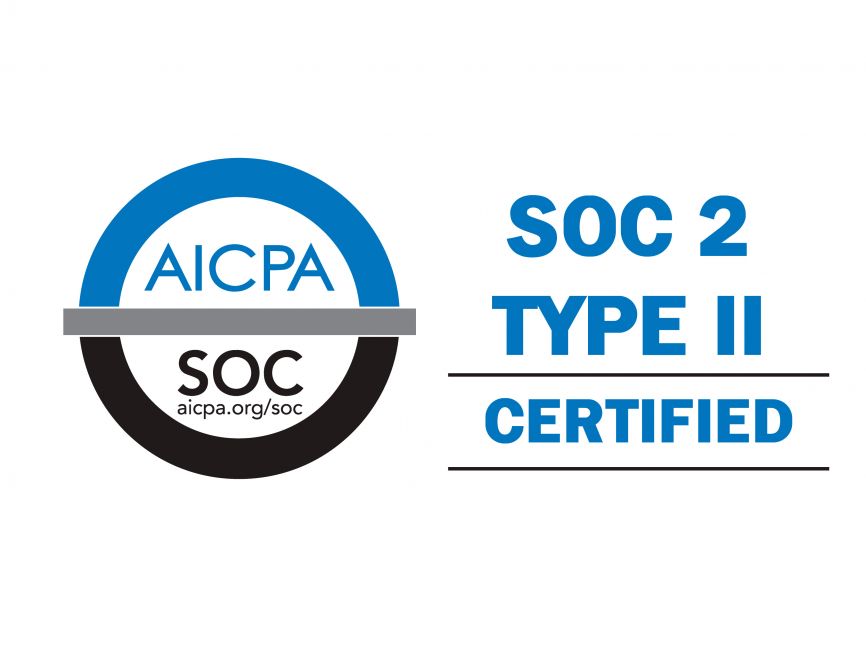Your 65th birthday is on the horizon. Congratulations! It’s time to sign up for Medicare.
Since 1965, Medicare is the United State’s answer to providing low-cost health insurance to Americans age 65 and older as well as Americans with disabilities. A small portion of every American’s paycheck goes to funding this system of universal health coverage. You’ve been paying into Medicare for a long time–it’s time you learned about the benefits!
This health plan is organized into four parts: Parts A through D. Each letter represents a different category of medical services that the program provides to its members. For example, Part D is the part of Medicare dealing specifically with prescription drugs.
Don’t stress out too much over the Medicare alphabet. Read on to discover what each part covers.
Medicare Part A
Recently my grandmother went to the emergency room. She signed many forms upon her discharge from the hospital that night. I was sitting in the background, and I heard the nurse say ‘Medicare’ many times. She used this coverage to fund this particular hospital stay.

Part A is the category of Medicare that covers health care costs at facitlites such as a hospital. Hospitilization is not completely free under this category, but the hospitilization benefits are worthwhile.
Persons over 65 will first pay a deductible of $1,260 for any hospital stay lasting from 1 to 60 days. After 60 days, the program charges a copay for each day spent in the hospital.
Medicare Part B
Do you need to see a doctor? If so, this is the part of the health care program that will cover your doctors’ visits. Most will pay a monthly premium of $121.80 for this coverage.
Before you see your doctor, know that you have to pay an annual deductible of $166. After this, you will pay for 20 percent of your medical costs covered under part B. This category of coverage is most known for covering doctors’ visits, but it also covers other medically necessary mobility equipment such as scooters and wheelchairs.
Medicare Part C
Medicare did not always have parts A, B C & D. When the program was first created, it only included Parts A and B which provided for hospitilization and doctors’ visits. While the coverage is broad, there are still many holes in the coverage. For instance, there is not a ceiling on the costs for hospitilization or other inpatient stays.

Under Part A, once you hit 60 days in a hospital, you have to pay a copay of $322 for days 61-90 of a continuous stay. If you’re still in the hospital after 90 days, the copay doubles to $644. If you stay for another 90 days, you will still pay $644 for the same hospital stay. However, you will burn all of your lifetime reserve days. Finally, you will be responsible for all hospital costs incurred after 180 days.
Yes, the program limits certain benefits such as maximum costs on hospital stays. Other private insurance companies caught on to the limitations of Medicare, so they created Medicare Advantage plans to provide
Under an Advantage plan, a consumer might enjoy benefits such as unlimited lengths of stay in a hospital. In addition, some dental, vision and hearing plans–even basic gym memberships–may be covered under an Advantage plan. These plans are compelling products because they offer attractive, value-added benefits not covered under Medicare.
Medicare Part D
Part D was not a part of the Original Medicare. Starting in 2006, those that qualified for Medicare had the option to buy prescription coverage through Advantage plans or through stand-alone prescription plans.

It is important to know about the penalty for not having a drug plan. Let’s say you keep putting off your purchase of a Medicare Part D prescription drug plan. All of the sudden, your doctor prescribes prescriptions for which you need help affording. Thus, you look to a Medicare Part D prescription drug plan for help with costs.
The prescription drug plan you purchase will tack on a penalty in addition to the premium for the months you went without a part D prescription drug plan. The program’s website does a great job explaining the math of calculating the penalty. You will pay a percentage of the national base beneficiary premium for every month you go with out a Part D prescription drug plan.
Of course, this charge will be tacked on to the regular Part D prescription drug plan premium. The late penalty is a charge that never disappears.
Medicare Takeaways
Medicare is a form of health insurance offered by the United States government to those persons over 65. Also, the plan provides coverage to those with disabilities.
The plan offers great benefits such as hospitilization, doctor visits, and medical equipment. Though the benefits are not free, the health plan features low deductibles, copays, and high percentages of coinsurance for the medical services that Medicare covers.
Folks who enroll in Medicare will notice that there are some holes in coverage. For example, hospital stays are limited to a certain amount of days per lifetime. Also, after a whhile, the program will decline to pay hospital charges. It is for this reason and other that others may turn to Medicare Advantage plans for more comprehensive coverage.
Finally, there are two ways to buy a prescription drug plan. Advantage plans often feature prescription drug plans as a part of coverage. Also, stand-alone prescription drug plans are offered through big name insurance companies.
Medicare is confusing, and we can help you enroll! Call us anytime between 8am and 6pm Monday through Friday at 1-888-995-1674 or 423-424-0586*. Our agents are standing by!
Philip Strang is a copywriter for American Exchange. Navigating the complicated nexus of health insurance can be confusing. Mr. Strang seeks to make common health insurance topics easier to understand for the common consumer.
*See disclaimer below.

